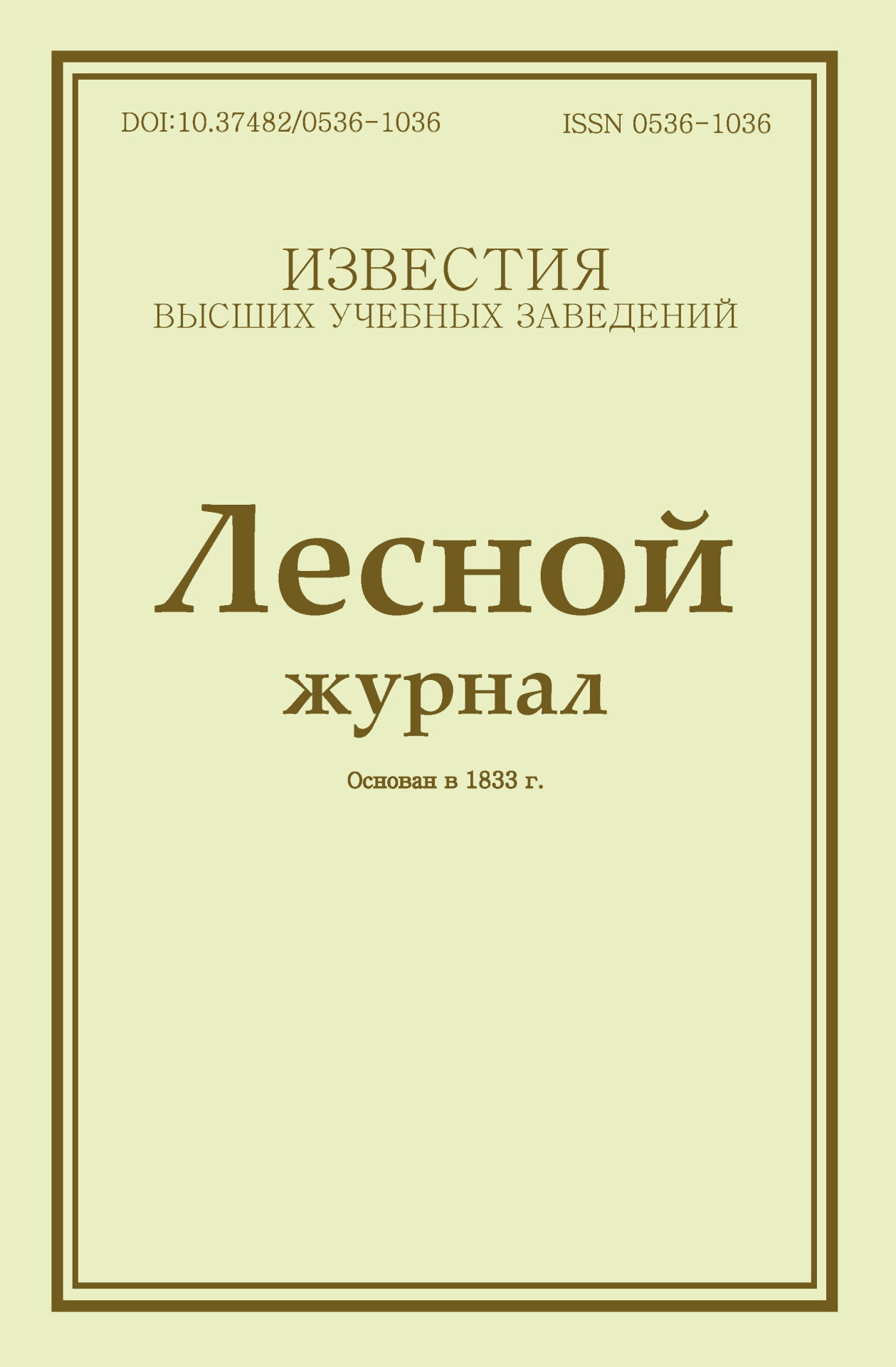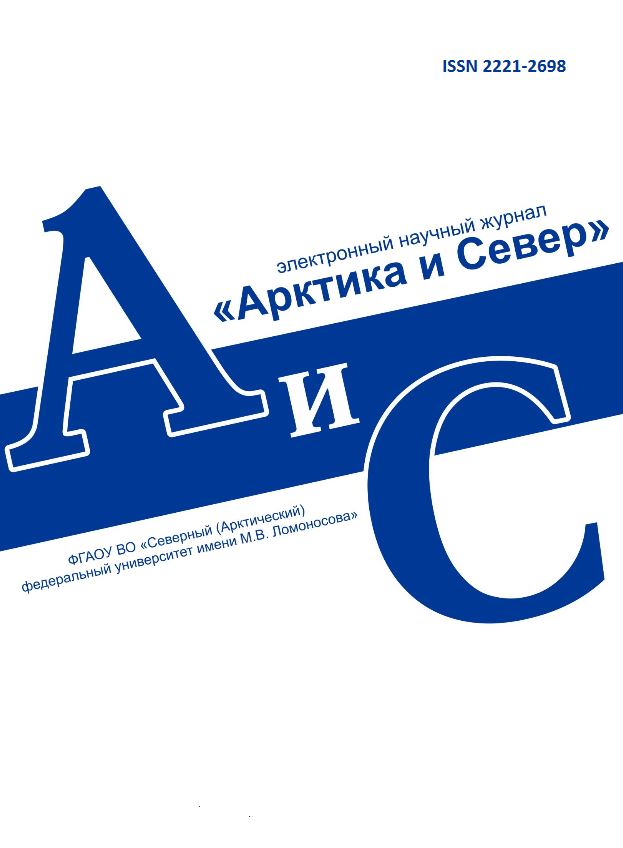Legal and postal addresses of the founder and publisher: Northern (Arctic) Federal University named after M.V. Lomonosov, Naberezhnaya Severnoy Dviny, 17, Arkhangelsk, 163002, Russian Federation Editorial office address: Journal of Medical and Biological Research, 56 ul. Uritskogo, Arkhangelsk Phone: (8182) 21-61-00, ext.18-20
E-mail: vestnik_med@narfu.ru ABOUT JOURNAL
|
Section: Brief Communications Download (pdf, 0.5MB )UDC[612.172.2+575.826]:[371.72+37.062.3]DOI10.37482/2687-1491-Z247AuthorsNatalia I. Latyshevskaya*/** ORCID: https://orcid.org/0000-0002-8367-745XGalina A. Sevriukova* ORCID: https://orcid.org/0000-0002-7933-3523 Natalia V. Levchenko*/** ORCID: https://orcid.org/0000-0003-4591-0537
Elena N. Tikhonova* ORCID: https://orcid.org/0009-0008-1775-2803
(Volgograd, Russia) **Volgograd Medical Research Center (Volgograd, Russia) AbstractA comparative analysis of heart rate variability (HRV) in medical college students following programmes according to the new educational standard (1 year and 10 months; n = 110) and those studying for 2 years and 10 months (n = 162) was conducted. HRV parameters were recorded using the VNS-Spectrum device (Neurosoft, Russia). We found that the intensification of the educational process overstrains the regulatory mechanisms of cardiac activity in students following programmes of 1 year and 10 months. This demonstrates the importance of using HRV as an indicator of students’ adaptation to the learning process, taking into account the educational standard, as well as the need to develop preventive measures.Keywordsadaptation to the academic load, intensification of the educational process, heart rate variability, medical college students, nursingReferences
|
Make a Submission
INDEXED IN:
|
Продолжая просмотр сайта, я соглашаюсь с использованием файлов cookie владельцем сайта в соответствии с Политикой в отношении файлов cookie, в том числе на передачу данных, указанных в Политике, третьим лицам (статистическим службам сети Интернет).




.jpg)

